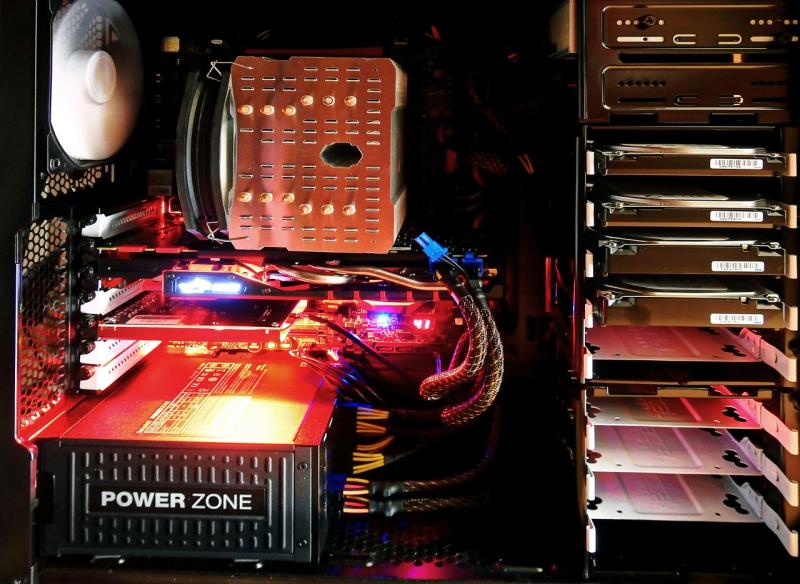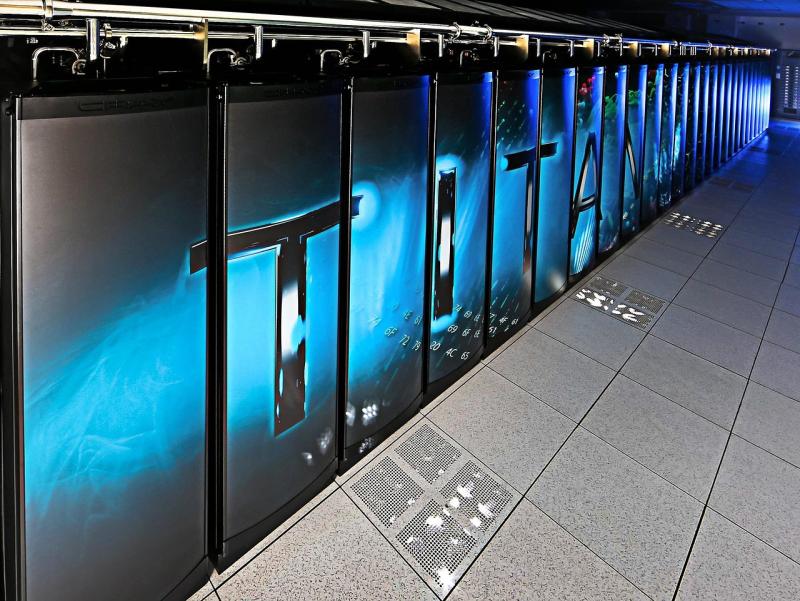Powering Next-Generation Device Innovation
Embedded systems development is a rapidly evolving field where precision, efficiency, and the ability to interface with a multitude of physical devices are key. Whether you’re designing firmware for IoT devices, developing applications for automotive systems, or creating next-generation smart appliances, a custom PC tailored for embedded systems development is an invaluable asset. This high-performance workstation not only accelerates compilation and debugging tasks but also integrates seamlessly with hardware instruments for real-time testing and simulation.
---
#### Optimized Processing for Cross-Platform Development
The backbone of an efficient embedded development workstation is a powerful, multi-core CPU.
- **Multi-Core and High-Frequency Processing:**
Processors from Intel’s Core i7/i9 or AMD’s Ryzen 7/9 series offer abundant cores and high clock speeds, essential for compiling large codebases, running cross-compilers, and executing simultaneous build processes.
- **Hardware Virtualization and Emulation:**
Features like Intel VT-x and AMD-V are crucial when running virtual machines or emulating different operating environments. This allows developers to test firmware across various platforms without needing multiple physical devices.
- **Efficient Compiler Acceleration:**
Advanced processors paired with high-speed RAM dramatically reduce build times and enable faster iteration cycles, ensuring that code optimizations can be tested rapidly within virtualized or hardware-in-the-loop environments.
---
#### Seamless Connectivity and Peripheral Integration
Embedded development often requires interfacing with an array of hardware tools.
- **Comprehensive I/O Options:**
A motherboard with multiple USB 3.2 ports, several serial ports (RS-232/RS-485), and PCIe slots ensures the flexibility to connect microcontrollers, logic analyzers, oscilloscopes, and other essential peripherals. Thunderbolt or high-speed Ethernet capabilities also support rapid data transfers between your development PC and external debugging instruments.
- **Integrated Debugging Interfaces:**
Support for JTAG, SWD (Serial Wire Debug), and other In-Circuit Debug Interface (ICDI) protocols is critical for real-time debugging and firmware flashing. A robust array of connections minimizes the need for intermediary devices, streamlining the development workflow.
- **Multi-Monitor Support:**
For developers juggling multiple integrated development environments (IDEs), documentation, and live debugging sessions, a multi-monitor setup extends the workspace, improving productivity and allowing for simultaneous viewing of code, simulation outputs, and diagnostic data.
---
#### Advanced Memory and Ultra-Fast Storage
Efficient handling of code, simulation data, and system logs is paramount for embedded systems work.
- **Ample High-Speed RAM:**
A system configuration with 32GB to 64GB of fast DDR4/DDR5 memory ensures smooth multitasking, rapid execution of resource-heavy emulators, and efficient management of large firmware projects.
- **NVMe SSDs for Rapid Data Access:**
Ultra-fast NVMe SSDs significantly reduce boot and load times for both the operating system and development tools. Quick access to source code, build environments, and simulation datasets minimizes downtime during lengthy compile cycles.
- **Hybrid Storage Strategies:**
A blend of NVMe drives for active development and high-capacity SATA SSDs or RAID-configured HDDs for archival and logging purposes provides both speed and storage scalability. This balanced approach protects critical data while ensuring top-notch performance.
---
#### Software and Development Environment Optimization
Tailoring your software environment to the unique needs of embedded systems development is essential.
- **Streamlined Operating Systems:**
A dedicated and minimalistic Linux distribution or a customized version of Windows that is optimized for development ensures maximum resource allocation and minimal background process interference.
- **Robust IDEs and Cross-Compilers:**
Install industry-standard tools such as Eclipse, Visual Studio Code, or JetBrains Rider along with specialized cross-compilation toolchains for ARM, AVR, or other embedded architectures. Integrated debugging, simulation, and hardware-in-the-loop support further accelerate development workflows.
- **Containerization and Virtualization:**
Using Docker, Kubernetes, or local virtual machines can isolate different testing environments. This allows you to run multiple embedded applications concurrently, simulate diverse hardware interactions, and rapidly prototype new features without affecting the primary development system.
- **Automation and Monitoring:**
Continuous integration and continuous deployment (CI/CD) pipelines, along with system performance monitoring tools like Grafana and Prometheus, provide insights into build times, resource usage, and system stability. Automated backups and regular firmware updates help maintain a secure and reliable workstation.
---
#### Cooling, Stability, and Ergonomics
Sustained performance in an embedded systems workstation is achieved by maintaining optimal temperatures and ensuring user comfort.
- **Efficient Cooling Solutions:**
Select a high-quality air cooling system with quiet, smart fan controllers or a custom liquid cooling loop that keeps the CPU and GPU temperatures in check during prolonged compile cycles and intensive simulation tasks. A case designed with strategic airflow and dust filters further enhances stability.
- **Stable Power Delivery:**
An 80 PLUS Gold or Platinum certified modular power supply with sufficient wattage overhead ensures consistent power delivery, reducing the chances of system crashes during continuous operation. For mission-critical tasks, an uninterruptible power supply (UPS) provides additional protection against power fluctuations.
- **Ergonomic Workstation Design:**
A well-organized, clutter-free desk with adjustable monitor stands, an ergonomic keyboard, and a precision mouse ensures comfort during long hours of coding and debugging. Thoughtful cable management not only improves aesthetics but also enhances airflow within the chassis.
---
#### Future-Proofing and Scalability
Building a custom PC that evolves with emerging technologies protects your long-term investment.
- **Modular Motherboard Architecture:**
Opt for a motherboard that offers extra DIMM slots, additional PCIe lanes, and multiple storage interfaces. This approach allows for easy upgrades in memory, storage, or additional peripheral integrations as your projects grow and new embedded standards emerge.
- **Cloud Integration and Hybrid Workflows:**
Consider integrating local development with cloud-based simulation or testing platforms to handle occasional bursts in processing demand. This hybrid model retains the efficiency of local processing while providing scalable resources when needed.
- **Continuous Benchmarking:**
Regular performance evaluations and detailed system diagnostics help identify bottlenecks. Maintaining detailed logs and staying updated with hardware trends ensure your workstation remains at the cutting edge of embedded development technology.
---
#### Conclusion: Empowering Next-Generation Device Innovation
A custom PC for embedded systems development is the engine driving modern innovation in the IoT and embedded technology sectors. By meticulously integrating a high-core-count CPU, expansive and high-speed memory, ultra-fast storage, robust connectivity, and a tailored software environment, you build a workstation that can efficiently compile, debug, and simulate complex projects. This future-proof, scalable system not only accelerates development cycles but also empowers engineers to explore new frontiers in device innovation—transforming creative concepts into tangible, intelligent, and seamless solutions.
---
### SEO Keywords:
custom PC for embedded systems development, embedded development workstation, cross-compilation PC, IoT development PC, high-performance embedded workstation, modular PC for embedded systems, virtualized embedded environment, ultra-fast NVMe embedded, multi-core CPU for embedded coding, scalable embedded system PC
View our related products
See more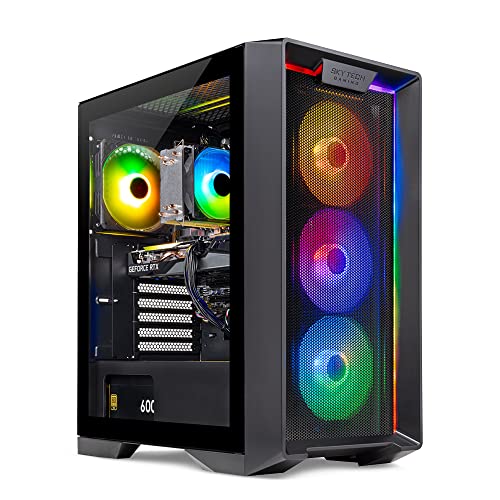
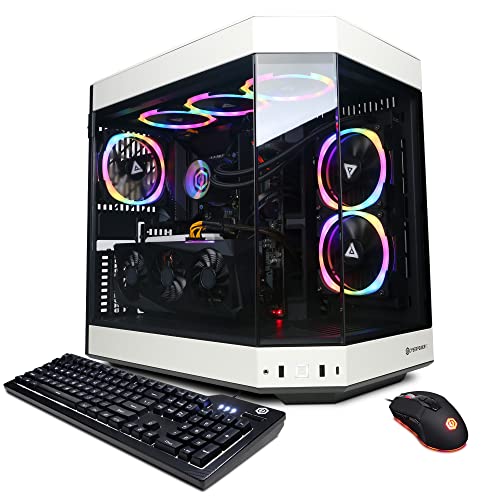
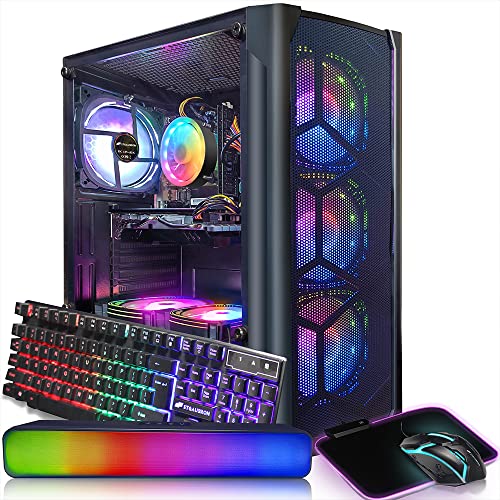
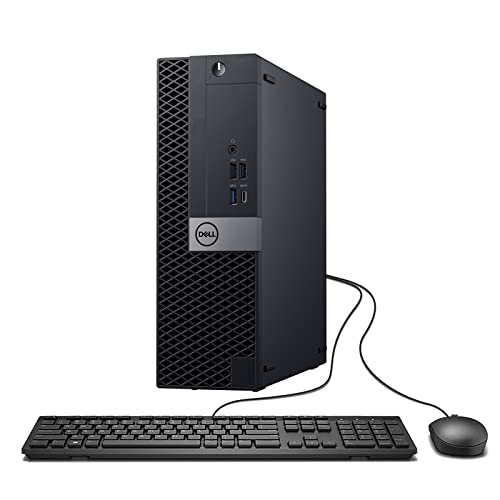
Custom PC for Embedded Systems Development
Related Articles
Essential High-Performance PC Components You Need Now
Upgrade your setup with the must-have parts for unbeatable gaming and productivity
Top Picks for Best High-Performance PCs
Find the perfect power machine for gaming, work, or creative projects
Your Guide to the Best High-Performance PCs
Find the Right PC for Your Gaming and Creative Needs
View our related products
See more



